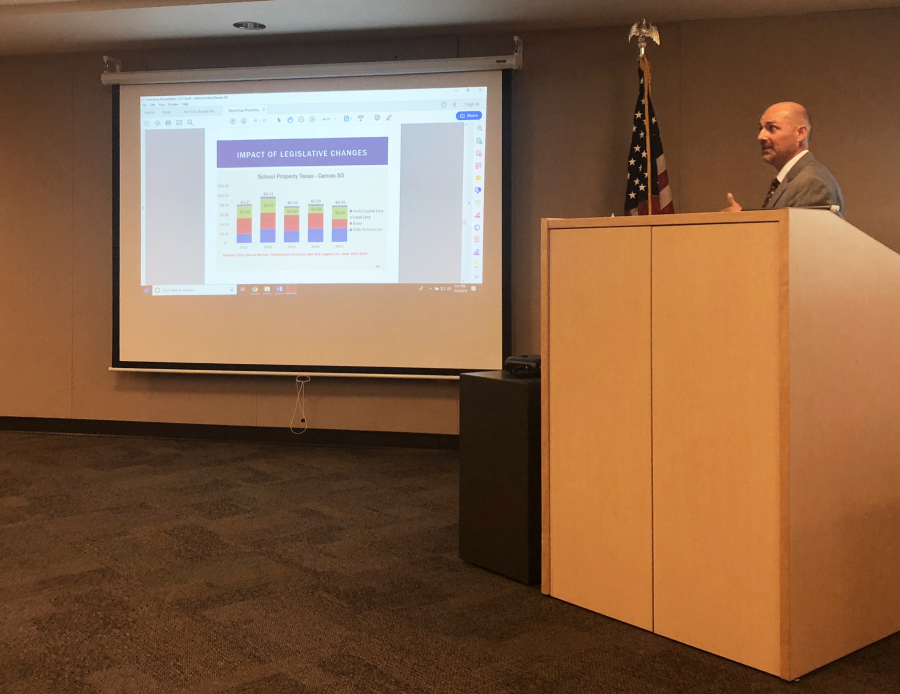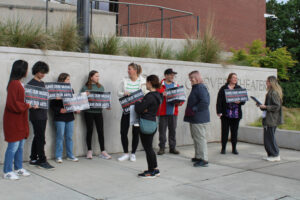Coming off of a budget season that started with an $8 million revenue shortfall and was described by more than one Camas School District leader as “an anomaly,” members of the Camas school board are now weeks away from approving a 2019-20 budget.
Board members will hold the official 2019-20 budget hearing — and are expected to pass the $147.5 million budget — on Monday, Aug. 26.
After that, the board could look to local levy rates to help avoid similar revenue shortfalls in coming years.
Camas School District (CSD) voters approved a local levy rate of up to $3.06 per $1,000 assessed property value in 2017. In 2018, state legislation meant to make Washington State school district funding more equitable capped local school levy rates at $1.50 per $1,000.
Although Camas schools now get more funding from the state, the $1.50 levy cap meant the district would experience a revenue shortfall in its 2019-20 budget.





